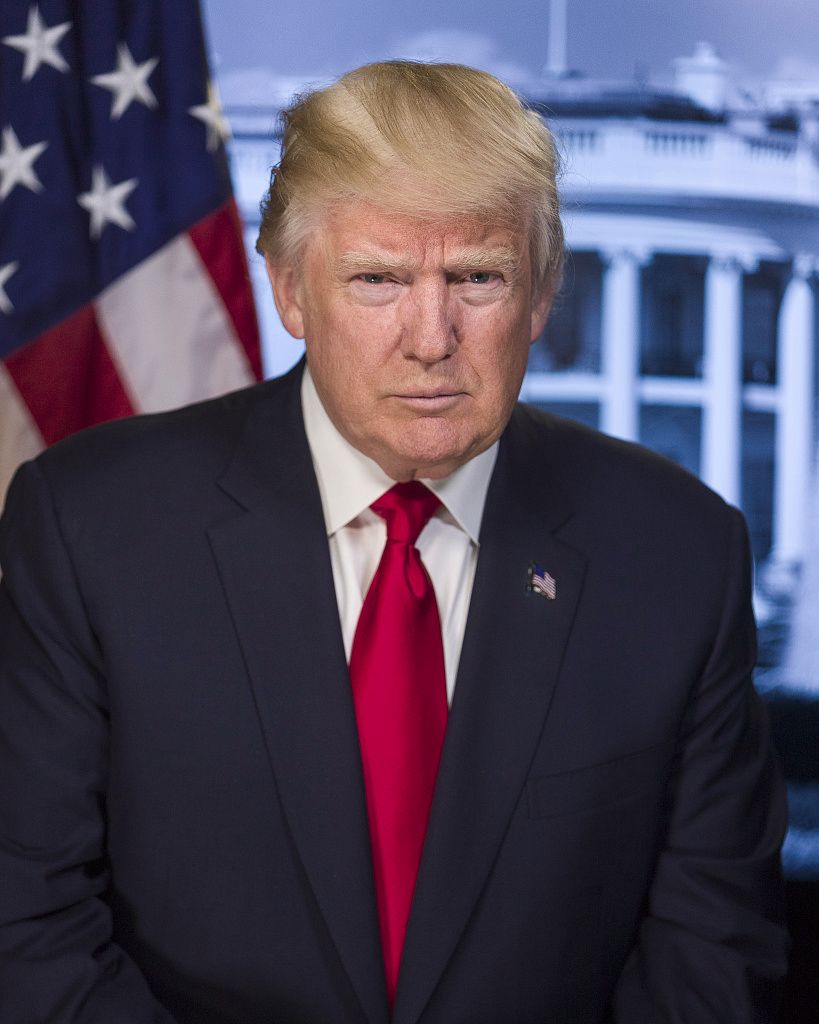- Center on Health Equity & Access
- Clinical
- Health Care Cost
- Health Care Delivery
- Insurance
- Policy
- Technology
- Value-Based Care
Trump Signs Executive Order Aimed at Expanding IVF
The executive order calls for recommendations on how to expand access and reduce costs for in vitro fertilization (IVF) treatment.
On Tuesday, President Donald J. Trump signed an executive order aimed at expanding access to in vitro fertilization (IVF) by lowering costs and removing barriers to care.1

“Despite their hopes and efforts, infertility struggles can make conception difficult, turning what should be a joyful experience into an emotional and financial struggle,” the executive order stated.2 “My Administration recognizes the importance of family formation, and as a Nation, our public policy must make it easier for loving and longing mothers and fathers to have children.”
Infertility affects millions of individuals in the US, with 1 in 8 women seeking treatment.3 Assisted reproductive technology (ART), particularly IVF, is a key option, with its use doubling from 2012 to 2021, leading to a 50% rise in ART-conceived births, which made up 2.3% of all births in 2021.
However, IVF is often prohibitively expensive, especially for lower-income individuals. A single cycle costs $15,000 to $30,000, with multiple cycles often needed, pushing out-of-pocket costs beyond $61,000. Additional expenses for testing, storage, and lost wages add to the burden. Despite some insurance coverage, many cannot afford IVF, particularly Medicaid recipients.
Acknowledging that 1 in 7 couples struggle with infertility, the order highlights the high costs of IVF and calls for policy recommendations within 90 days to lower out-of-pocket expenses and improve access.2 While the order aims to make IVF more affordable, it does not establish new rights or guarantees, leaving implementation subject to existing laws and available funding.
The move follows last year’s Alabama Supreme Court ruling that classified frozen embryos as "extrauterine children," sparking national debate and calls for clearer protections for IVF, according to NPR.4 While Trump has promised free IVF coverage from his campaign trail, critics argue the order lacks concrete action, with Democrats urging Republicans to support legislation that would make IVF more affordable and widely accessible.
Sen. Patty Murray (D, Washington) called the order "a PR stunt" on social media, noting Republicans have blocked legislation multiple times that would make IVF more accessible and affordable for families.
Sen. Tammy Duckworth (D, Illinois) also criticized the move as insufficient, calling on Trump to back legislation requiring insurance coverage for IVF, according to The Associated Press.5
The executive order also brings into question who will benefit from the expansion and who will be left out of the equation. Lesbian, gay, bisexual, transgender, queer, plus (LGBTQ+) individuals often face barriers and discrimination in accessing fertility care, with some states requiring a diagnosis of infertility based on heterosexual intercourse or limiting coverage to iatrogenic infertility.3 Restrictions on using donor gametes further exclude same-sex couples from IVF benefits.
With Trump rolling back on protections for transgender people and terminating diversity, equity, and inclusion programs within the federal government, expanding IVF access to LGBTQ+ individuals remains uncertain.
“It is the policy of my Administration to ensure reliable access to IVF treatment, including by easing unnecessary statutory or regulatory burdens to make IVF treatment drastically more affordable,” the order stated. “I think the women and families, husbands are very appreciative of it,” Trump said at Mar-a-Lago on Tuesday, where cameras did not capture him signing the order, according to CNN.6
References
1. Fact sheet: President Donald J. Trump expands access to in vitro fertilization (IVF). The White House. February 18, 2025. Accessed February 19, 2025. https://www.whitehouse.gov/fact-sheets/2025/02/fact-sheet-president-donald-j-trump-expands-access-to-in-vitro-fertilization-ivf/
2. Expanding access to in vitro fertilization. The White House. February 19, 2025. Accessed February 19, 2025. https://www.whitehouse.gov/presidential-actions/2025/02/expanding-access-to-in-vitro-fertilization/
3. The evolving US fertility care landscape: Strategies for addressing increasing demand. AJMC®. Published online December 19, 2024. Accessed February 19, 2025. https://www.ajmc.com/view/the-evolving-us-fertility-care-landscape-strategies-for-addressing-increasing-demand
4. Simmons-Duffin S, Webber D. Trump wants to lower the cost of IVF. New executive order seeks ideas to do that. NPR. February 19, 2025. Accessed February 19, 2025. https://www.npr.org/sections/shots-health-news/2025/02/18/nx-s1-5301201/trump-executive-order-ivf-in-vitro-fertilization
5. Superville D, Price ML. Trump signs order to study how to expand IVF and calls for “radical transparency” from government. AP News. February 19, 2025. Accessed February 19, 2025. https://apnews.com/article/trump-executive-order-musk-hannity-143316eda581ac466cd923cdf4568d87
6. Maher K, Blackburn PH. Trump signs executive order aimed at expanding IVF access and reducing costs. CNN. February 19, 2025. Accessed February 19, 2025. https://www.cnn.com/2025/02/18/politics/ivf-access-cost-trump-executive-order/index.html
